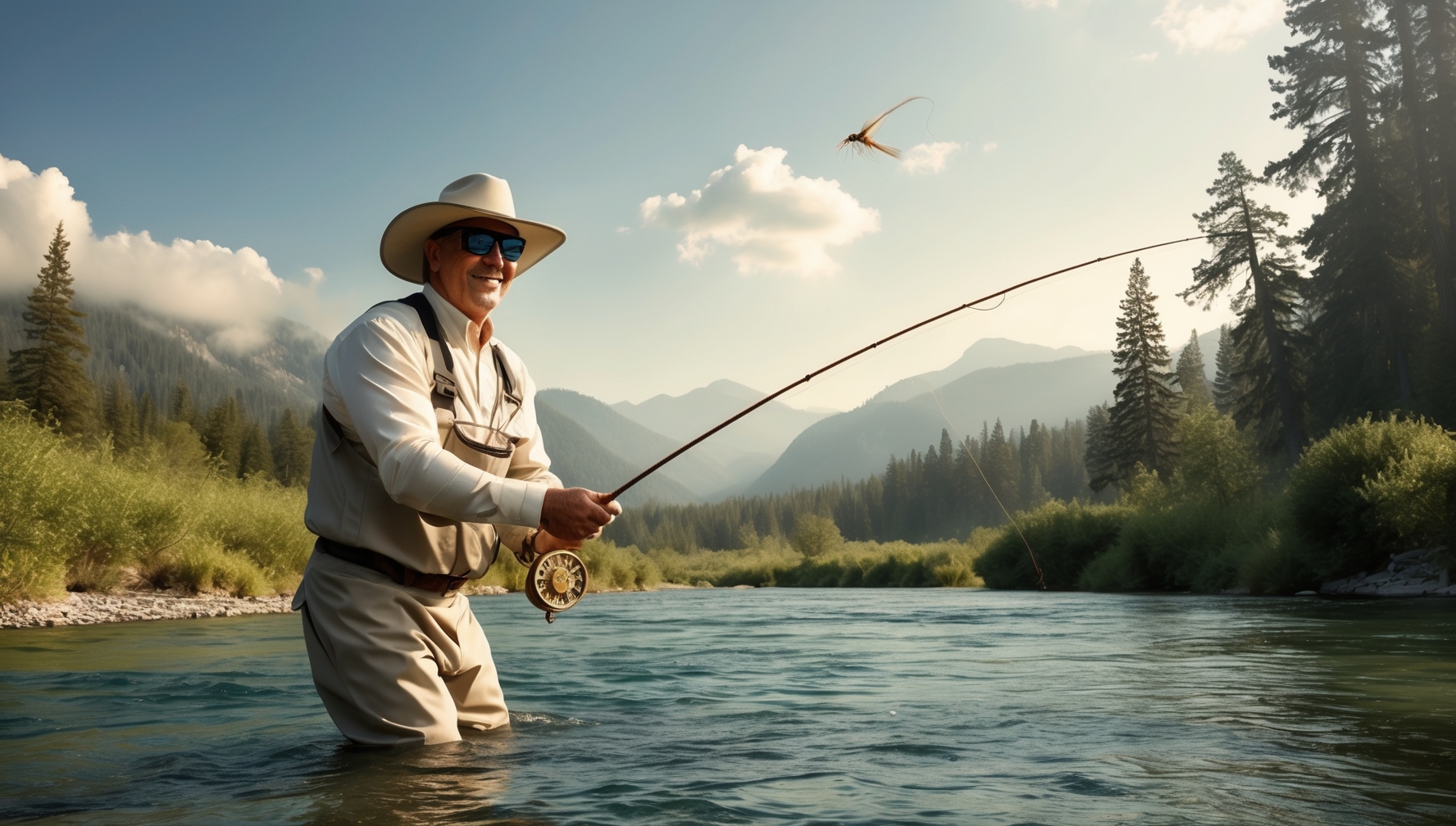Fly fishing is a unique and rewarding form of angling that requires a blend of skill, patience, and an understanding of the natural environment. If you’re new to fly fishing, the learning curve may seem steep, but with the right approach, you can quickly gain confidence and start enjoying the sport. Here are some essential tips to help beginners get started on the right foot.
Choosing the Right Gear
The first step in fly fishing is selecting the appropriate gear, so having a comprehensive fishing gear checklist can be incredibly helpful to ensure you have everything you need. As a beginner, it’s advisable to start with a 9-foot, 5-weight fly rod, which is versatile enough for most freshwater fishing scenarios. Pair this with a matching reel and a weight-forward floating fly line. This setup will provide the balance and ease of casting that beginners need. Don’t forget essential accessories like a fly box, nippers, forceps, and a net.
Mastering Basic Casting Techniques
One of the most important skills in fly fishing is casting. Start by learning the basic overhead cast, which is the foundation of all other casts. Practice your timing, focusing on smooth, controlled movements. The key is to stop the rod at the correct points during the forward and backward motions to allow the line to form tight loops. Spend time practicing on dry land before heading out to the water.
Understanding Fly Selection
Selecting the right fly is crucial to your success. Flies are designed to imitate the natural food sources of fish, such as insects, larvae, and small fish. Beginners should start with a basic selection of dry flies, nymphs, and streamers. Research local waters to determine what types of flies are most effective for the species you’re targeting.
Reading the Water
Successful fly fishing involves knowing where fish are likely to be. If you’re looking for ideal locations, the best shore fishing spots at Kentucky Lake are great for beginners to practice and perfect their techniques. Fish tend to congregate in certain areas, such as riffles, pools, and near structures like rocks and logs. Pay attention to the movement of the water, the presence of insects, and any signs of fish activity, such as splashes or rising fish. Learning to read the water will help you cast more effectively and improve your chances of catching fish.
Presenting the Fly
Presentation is everything in fly fishing. Your goal is to make the fly look as natural as possible to the fish. This means achieving a drag-free drift, where the fly moves naturally with the current. Practice mending your line—adjusting it on the water to reduce drag—to improve your presentation. A well-presented fly is far more likely to entice a strike from a fish.
Practicing Patience and Observation
Fly fishing is a sport that rewards patience and keen observation. Spend time watching the water, looking for signs of fish, and studying insect behavior. Fish can be elusive, and it may take time to get a bite. Enjoy the process of learning and being outdoors, even if you don’t catch anything right away. Patience and persistence are key to becoming a successful fly angler.
Handling Fish with Care
If you catch a fish, it’s important to handle it with care, especially if you plan to release it. Wet your hands before touching the fish to protect its slime coating. Use a net to land the fish, and gently remove the hook using forceps. If you’re releasing the fish, hold it in the water until it recovers and swims away on its own.
Conclusion
Fly fishing is a rewarding pursuit that offers both challenges and relaxation. By choosing the right gear, mastering basic techniques, and practicing patience, beginners can quickly learn the essentials of fly fishing and begin to enjoy the sport. Remember that the key to success lies in practice and observation—so get out there and start casting!
